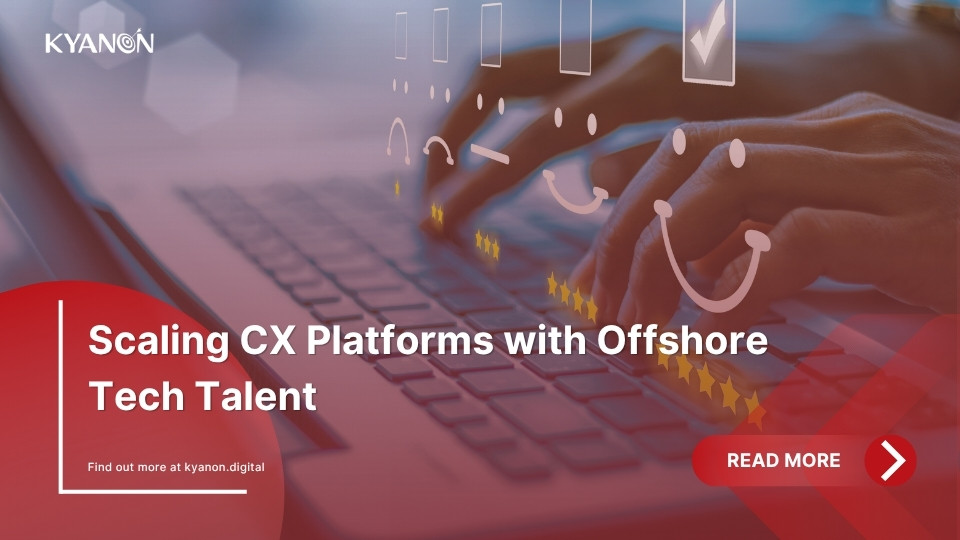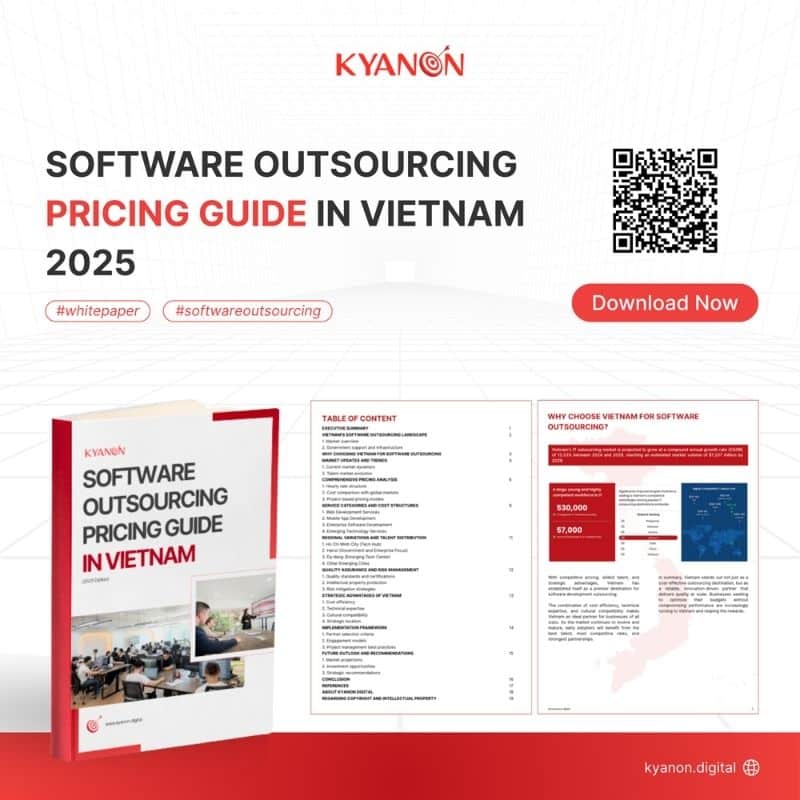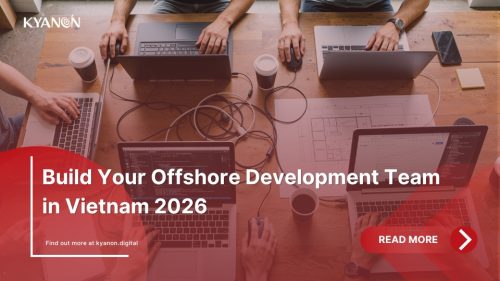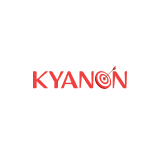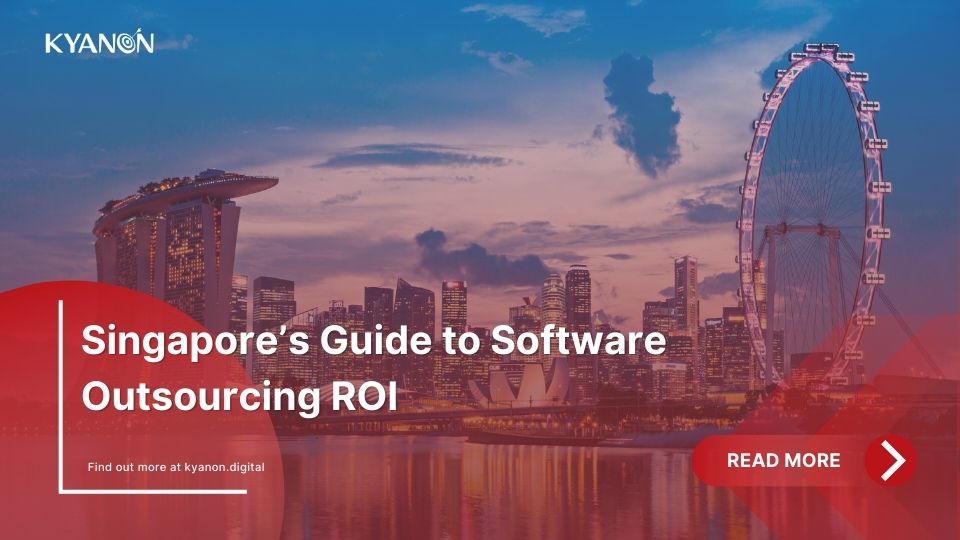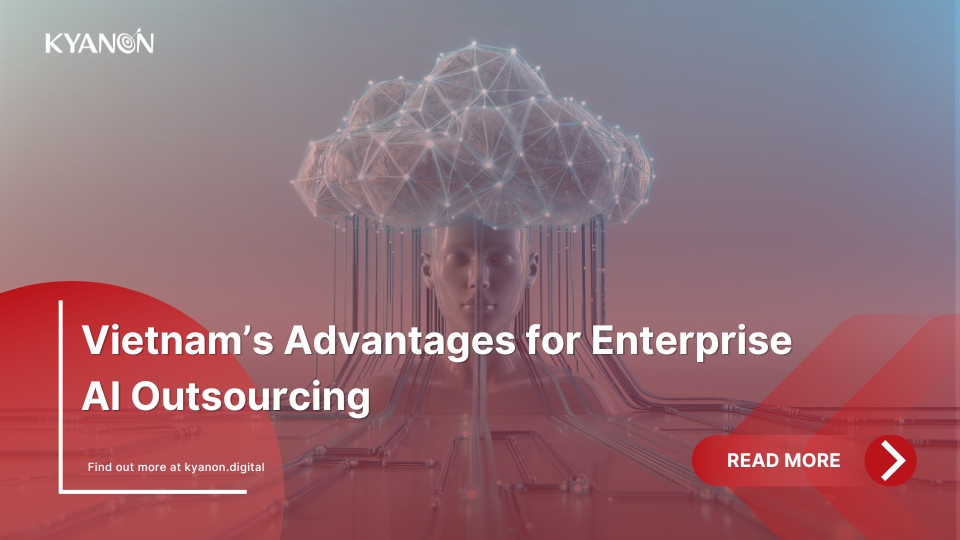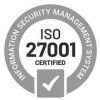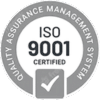Scaling CX platforms has become a priority for enterprises as customer expectations shift toward real-time, personalized, and AI-powered experiences. Today’s CX landscape is defined by speed, intelligence, and tightly connected systems that deliver frictionless interactions across every touchpoint. According to Deloitte’s Customer Service Excellence 2025, improving customer satisfaction ranks among the top three global C-suite priorities, with 30% of executives placing CX modernization at the center of their transformation agendas.
Yet most organizations struggle with siloed data, slow or limited platform scalability, and low automation maturity, with only 52% having a centralized automation Center of Excellence (COE) (KPMG, 2025).
Offshore tech talent has emerged as a strategic enabler, giving enterprises the engineering scale, automation capability, and modernization velocity required to build future-ready CX ecosystems.
In this blog, Kyanon Digital will explore how enterprises can scale CX platforms more effectively by leveraging offshore tech talent.
Key takeaways
- Scaling CX platforms is now a C-suite priority as customers demand real-time, personalized, AI-driven experiences.
- Offshore tech talent accelerates CX modernization through cost efficiency, specialized skills, and 24/7 engineering capacity.
- Modern CX platforms unify data, automate workflows, and power personalization across all channels.
- Key barriers include data fragmentation, legacy systems, infrastructure limits, and talent shortages.
- Offshore delivery models provide elastic scaling, faster releases, and stronger EX, leading to CX performance.
- Choosing the right offshore partner requires CX platform expertise, governance discipline, security readiness, and cultural alignment.
- Enterprises that scale CX effectively achieve higher engagement, faster time-to-market, stronger loyalty, and measurable business impact.
Further reading:
- Top 10 Digital Customer Experience Companies in Vietnam
- The Next Frontier: Data-driven CX Strategy 2026
- Deliver Seamless CX with Real-Time Personalization in Vietnam Retail
What is a CX platform?
A CX platform is an enterprise system that unifies customer signals, orchestrates omnichannel journeys, automates workflows, and supports real-time decision-making.
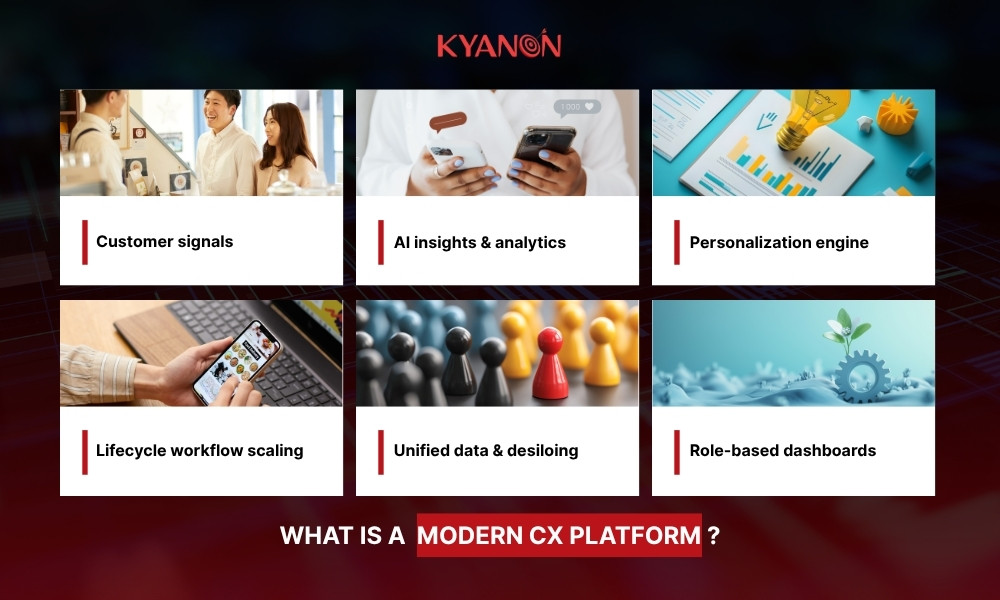
Unlike traditional CRM or marketing automation tools, a modern CX platform is built to:
- Consolidate customer signals (voice, text, digital, transactional).
- Provide actionable insights through AI and analytics.
- Enable personalization across marketing, service, and commerce.
- Scale workflows across the entire customer lifecycle.
- Break down data silos and unify customer views.
- Support role-based dashboards for all employees.
Transform your ideas into reality with our services. Get started today!
Our team will contact you within 24 hours.
Benefits of scaling CX platforms
The business impact is well proven:
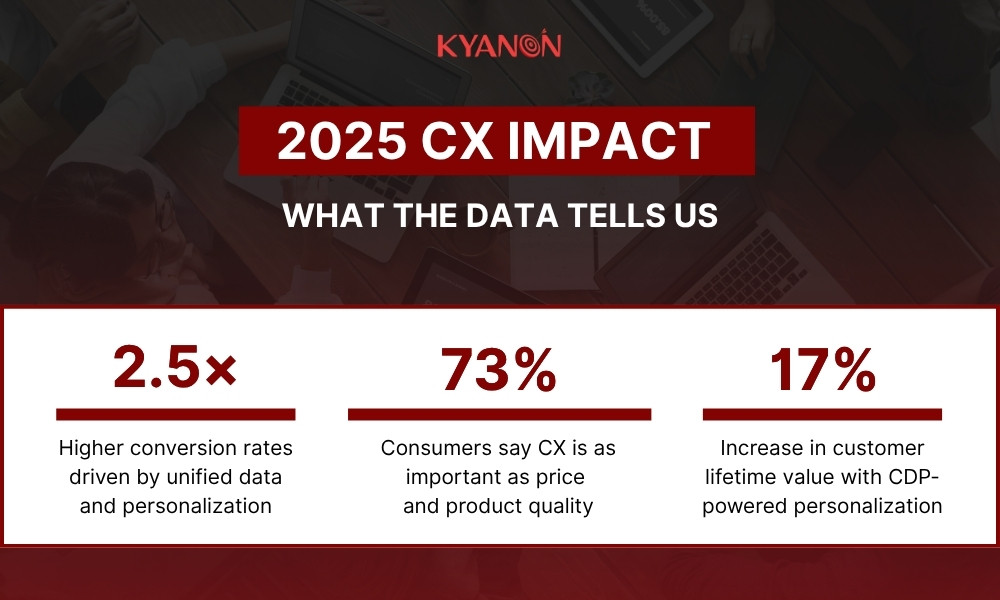
- According to PwC’s 2025 Customer Experience Report, 73% of consumers now rank experience as a top factor influencing their purchase decisions, placing it on equal footing with price and product quality.
- Brands investing in EX + CX together outperform their peers significantly.
- Unified data and personalization increase conversions by 2.5× and lift lifetime value by 17% (KPMG, 2025).
Scaling CX platforms delivers tangible business value beyond operational efficiency. For C-level leaders, the strategic upside lies in cost optimization, agility, talent expansion, and accelerated transformation.
Below are the core benefits, articulated through enterprise realities and modern CX operating models.
| Benefit | Strategic value | Impact for C-level |
| Cost efficiency | Reduce operational costs | Stronger financial resilience, larger CX budget |
| Specialized talent | Access to AI, cloud, data, CX engineering | Faster innovation, modernization |
| Scalability | Elastic capacity for changing demand | Lower risk, higher agility |
| 24/7 productivity | Continuous development & support | Faster delivery, higher uptime |
| Focus on core business | Internal teams prioritize strategy | Higher ROI from strategic initiatives |
| Faster time-to-market | Reduced hiring delays & quicker execution | Competitive advantage & customer satisfaction |
1. Cost efficiency
Offshore delivery accelerates CX modernization while significantly lowering the cost base. Modern enterprises can reduce labor, infrastructure, and administrative overhead by 50–70%, depending on the operating model maturity.
Key cost contributors:
- Lower engineering and support labor rates in CX tech hubs
- No need for physical office space, utilities, hardware, or local HR management
- Reduced long-term payroll burden (insurance, benefits, tax liabilities)
- Lower CX platform operational costs due to distributed support
Why it matters for enterprises:
- Reinforces financial resilience
- Expands the CX transformation budget without increasing burden
- Enables sustainable investment in automation, AI, and CX innovation
2. Access to specialized, high-demand CX talent
Scaling CX platforms often requires niche skills that are scarce or prohibitively expensive in local markets.
Offshore teams supply talent in areas such as
- AI & machine learning for predictive CX
- Cloud engineering (AWS, GCP, Azure)
- Data analytics & real-time event processing
- Customer data platforms (CDPs)
- Workflow automation & orchestration
- CRM/CX stack engineering (Salesforce, Zendesk, Adobe, HubSpot)
Business impact:
- Reduces dependency on limited local hiring pools
- Gives enterprises immediate access to certified specialists
- Ensures CX scaling aligns with global best practices
3. Scalability & flexibility
CX demands are unpredictable: product launches, seasonal spikes, new markets, or crisis events can suddenly multiply workload.
Offshore delivery models enable elastic scaling:
- Increase team size rapidly without traditional hiring cycles
- Scale down efficiently when demand normalizes
- Deploy multi-disciplinary pods (data + frontend + backend + QA) instantly
- Add specialized squads for automation, integrations, or AI initiatives
Strategic benefits:
- Eliminates overstaffing risk
- Keeps CX transformation continuous and disruption-free
- Enables experimentation and faster innovation cycles
4. 24/7 productivity through global time-zone leverage
With distributed teams, enterprises can operate “always on.”
What this enables:
- Round-the-clock development
- Faster bug resolution
- Continuous testing and deployment
- 24/7 customer support or CX monitoring
- Real-time analytics and incident response
Why C-level leaders value this:
- Shortens release cycles
- Improves platform reliability and uptime
- Supports follow-the-sun operational excellence
5. Focus on core business and strategic CX capabilities
Offshoring eliminates operational noise and frees internal teams to focus on:
- Customer strategy
- Experience design
- Transformation governance
- Innovation and new market pathways
- Monetization opportunities
- Compliance, security, and long-term planning
Your enterprise keeps strategic decision-making in-house while offshore partners execute scalable engineering and operations.
6. Faster time-to-market for CX enhancements
Top offshoring destinations, including India, Vietnam, the Philippines, and Eastern Europe, offer pre-vetted, enterprise-ready engineering talent, drastically shortening recruitment and ramp-up timelines.
Resulting benefits:
- Accelerated rollout of CX platform upgrades
- Faster deployment of new digital channels
- Rapid prototyping of AI and automation capabilities
- Faster resolution of integration backlogs
- Improved delivery of customer-facing features.
What this means for enterprises beyond
As CX becomes a board-level differentiator, scaling the underlying platform requires:
- Technical muscle (automation, analytics, AI, orchestration)
- Speed (continuous releases, 24/7 operations)
- Cost governance (lower TCO, higher ROI)
- Talent depth (global expertise, not local scarcity)
Why is scaling a CX platform hard for modern enterprises?
Despite 70% of senior leaders calling CX essential for growth, fewer than 25% fund it properly, creating a trust-eroding gap that makes scaling CX platforms even harder amid deep structural barriers (Gartner, 2025)
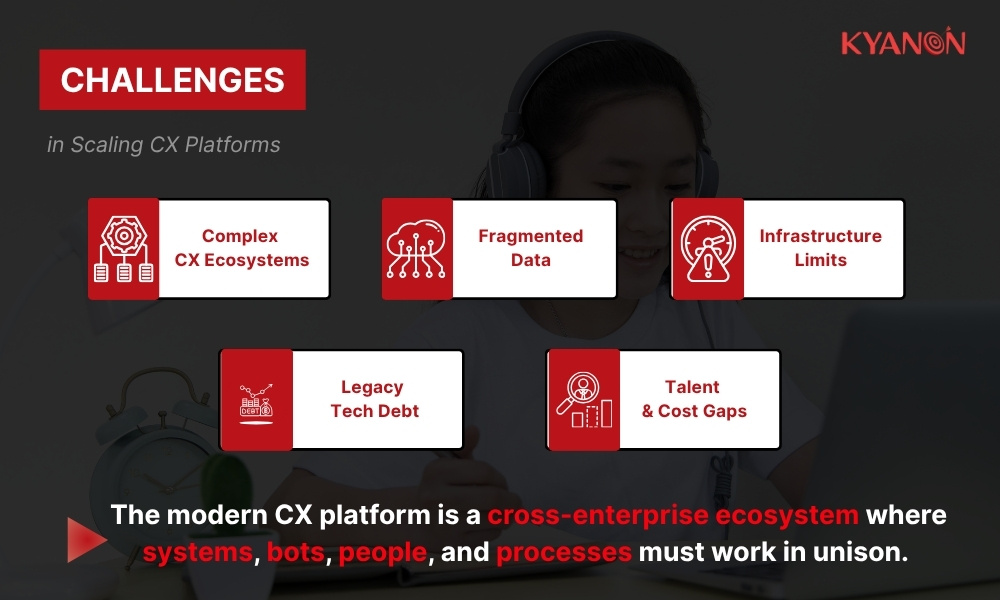
1. The complexity of enterprise CX ecosystems
Modern CX spans dozens of integrated systems, including CRM, CDP, contact center, POS, web/mobile analytics, and marketing automation.
IDC notes that CX is no longer an isolated department; it’s a cross-enterprise ecosystem where systems, bots, people, and processes must work in unison.
2. Data fragmentation across systems
Organizations often have customer data spread across:
- CRM
- Contact center
- Web and mobile
- Social channels
- POS
- Third-party data sources
This leads to incomplete or inaccurate customer profiles. Without a unified view, personalization and real-time engagement are impossible.
3. Infrastructure bottlenecks
Many CX platforms cannot handle the scale of modern experience signals:
- Millions of data rows
- Real-time alerts
- Speech-to-text analytics
- High concurrency queries
- Real-time routing to employees
A platform that cannot scale results in poor insights, slow performance, and adoption challenges across teams.
4. Technology debt and legacy architecture
Older CX stacks often rely on:
- Monolithic systems
- Batch-based data models
- Manual workflows
- Non-automated processes
- Limited API integrations
These limitations make scaling slow and expensive.
5. Talent gaps & cost pressures
The global tech talent shortage is widening:
- AI, automation, and data engineering roles remain highly competitive
- Hiring local CX engineers increases operational expense
- Specialized CX platform talent (Salesforce, CDP, automation) is scarce
- Offshore engineering directly addresses these capability constraints.
How offshore talent accelerates CX scaling
Below is a breakdown of how offshore capability becomes a multiplier across engineering capacity, AI readiness, data unification, operational efficiency, and employee experience.
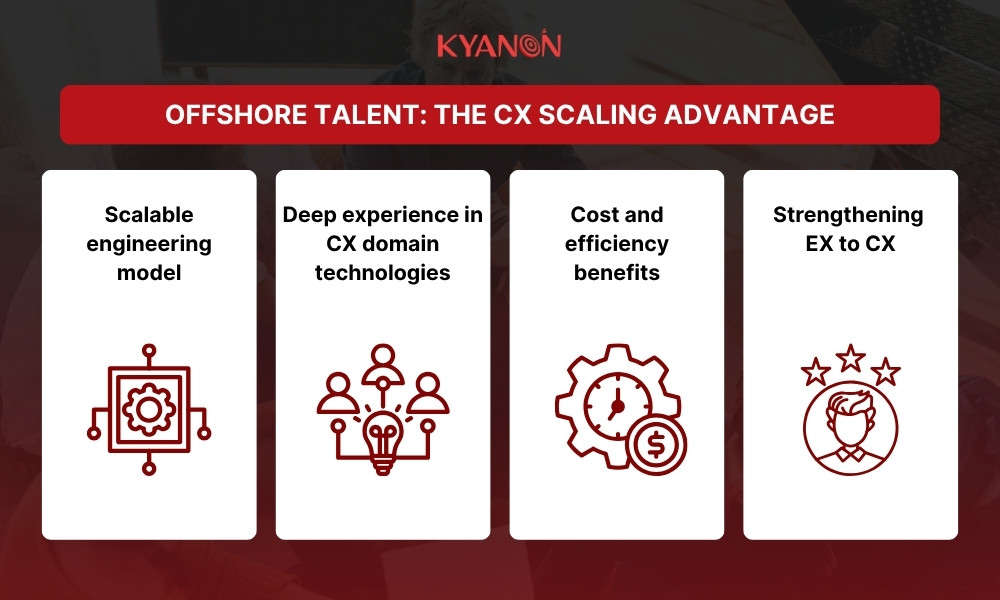
Scalable engineering model
Offshore delivery unlocks an agile, always-on CX development engine.
Key capabilities
- 24/7 development cycles using global time zones
- Automated QA and continuous testing pipelines
- Rapid feature releases and accelerated sprint velocity
- Dedicated pods for integrations, automation, and AI/ML
- Faster backlog clearance and reduced release bottlenecks
Quick comparison table between the traditional local team and the offshore-enhanced team.
| Area | Traditional local team | Offshore-enhanced team |
| Development speed | Business-hours only | 24/7 continuous development |
| QA & testing | Batch-based, slower cycles | Automated + parallel global testing |
| Integration delivery | Slow, resource-limited | Dedicated teams per platform |
| Release cadence | Monthly/quarterly | Weekly or continuous release |
| Feature velocity | Limited by local talent | Elastic capacity to scale |
Deep experience in CX domain technologies
Offshore teams bring specialized expertise that is often scarce or expensive in primary markets.
Core CX technology domains supported
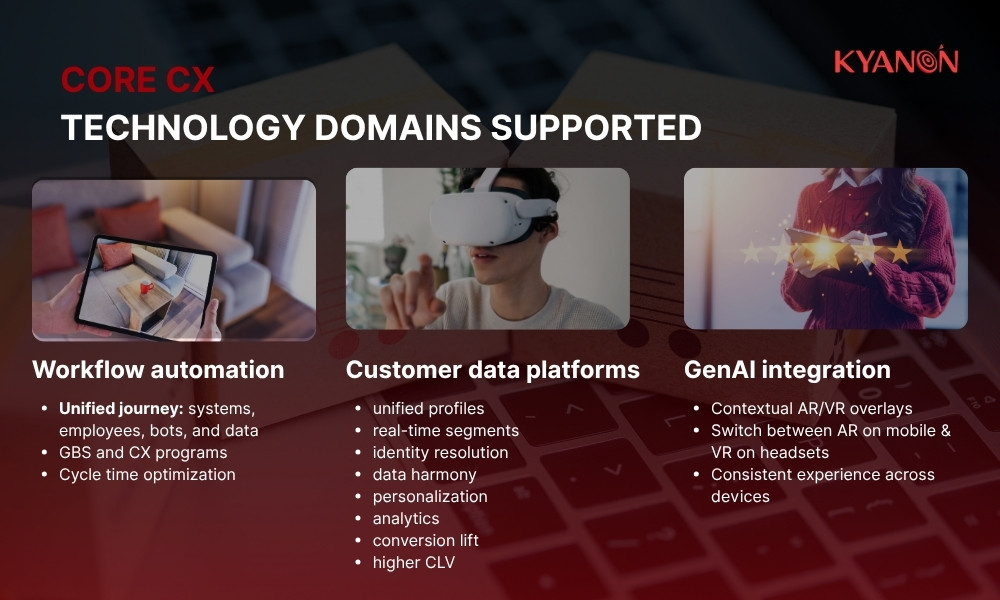
- Workflow automation & orchestration
- Integrating systems, employees, bots, and data into unified journeys
- Supporting the automation operating model seen in modern GBS and CX transformation programs
- Improving cycle time and operational consistency
- Customer data platforms (CDPs)
- Building unified customer profiles
- Real-time segmentation, identity resolution, and data harmonization
- Enabling personalization and analytics use cases
- CDP experience directly elevates conversion rates and CLV
- GenAI integration for CX workflows
- Voice analytics, speech-to-text, sentiment analysis
- Predictive routing and AI-driven insights
- Agent assist, automated recommendations, and content generation
- A top priority for 42% of global C-suites, especially for service optimization
Cost and efficiency benefits
Offshore delivery models significantly reduce cost while increasing output capacity, making them a major driver for global CX transformation.
Cost reductions are typically achieved
- Reduced overhead: office space, equipment, HR admin
- Lower total cost of ownership for CX platforms due to distributed operations
- Optimized cost-to-serve through automation and global delivery centers
- Improved productivity per dollar invested
Quick table of cost drivers impacted by offshore engineering
| Cost area | Onshore model | Offshore-enabled model | Impact |
| Labor | High | 50–70% lower | Major savings |
| Infrastructure | Requires physical footprint | Fully remote or offshore centers | Lower fixed cost |
| Hiring time | Slow (8–16 weeks) | Fast (1–3 weeks) | Faster scaling |
| Training | High internal load | Managed by partners | Lower overhead |
| QA & testing | Additional local hires | Automated offshore pipeline | Cost-efficient QA |
Strengthening EX to CX with offshore support
Modern research consistently shows that employee experience (EX) drives customer experience (CX). Offshore teams support EX by ensuring that platforms remain stable, fast, and equipped with real-time insights.
How Offshore teams improve EX
- Operational support
- Maintain CX platforms’ performance, integrations, and workflows
- Reduce downtime and improve reliability
- Resolve issues faster due to around-the-clock coverage
- Data and insight enablement
- Ensuring role-based insights flow to employees (frontline → managers → executives)
- Improving visibility across journeys, tickets, interactions, and customer signals
- Workflow acceleration
- Building automated workflows that eliminate manual tasks
- Freeing internal teams to focus on high-value, strategic work
Strategic considerations for offshore CX scaling
Scaling CX platforms with offshore talent requires a focused strategy to ensure efficiency, alignment, and compliance.
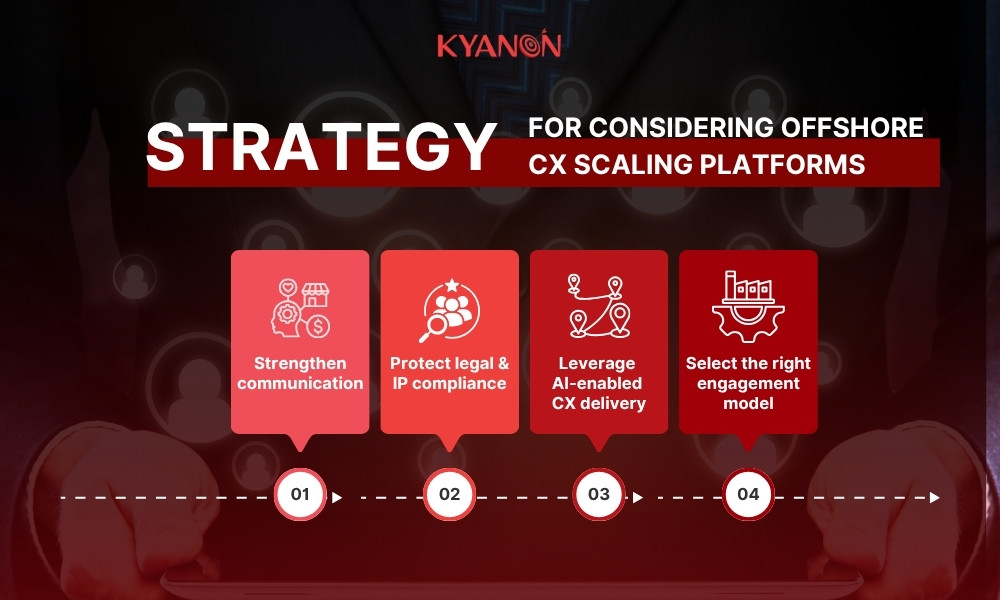
1. Strengthen communication
Use structured communication workflows and tools (Slack, Teams, Jira) to avoid gaps and maintain real-time visibility.
2. Protect legal & IP compliance
Clarify IP ownership, data security requirements, and regional compliance (GDPR, PDPA, CCPA) before onboarding partners.
3. Leverage AI-enabled CX delivery
Choose partners that integrate AI, predictive analytics, NLP, and automation to elevate service quality and accelerate CX insights.
4. Select the right engagement model
Match your goals with the right model:
- Staff augmentation for control and long-term scaling
- Project-based outsourcing for speed and defined outcomes
How to select the right offshore partner
Choosing the right offshore partner determines how fast, secure, and scalable your CX platform can grow. Leaders should prioritize capability, governance, and alignment over cost alone.
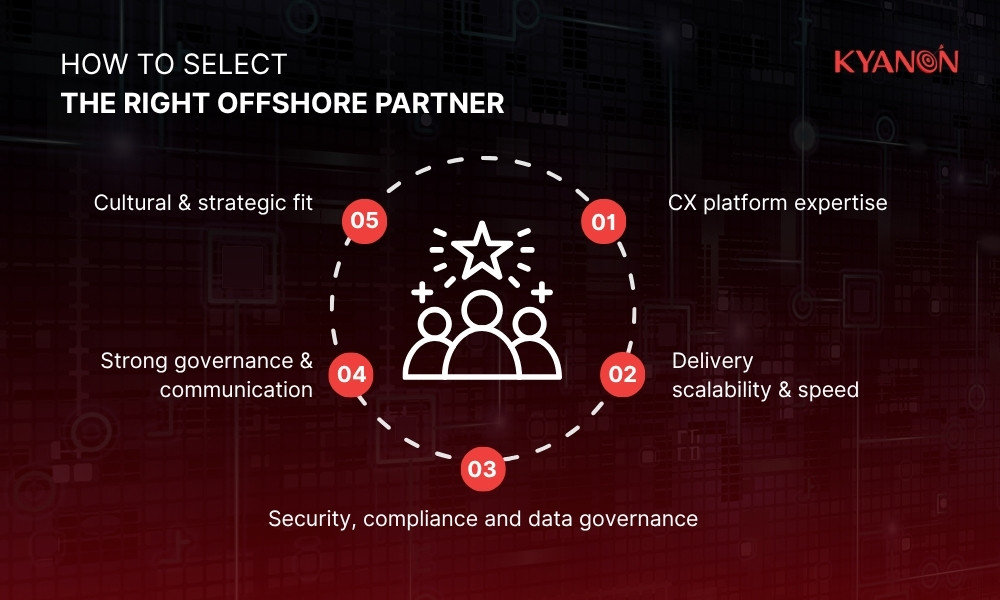
1. CX platform expertise
Look for a partner with proven experience across key CX technologies:
- CRM: Salesforce, HubSpot, Dynamics
- CDP: Segment, Treasure Data, Adobe
- Contact Center: Genesys, NICE, Zendesk
- Automation: Workato, UiPath, Power Automate
- AI/GenAI, Data Engineering, Cloud (AWS/GCP/Azure)
Why it matters: Ensures fast integration, fewer errors, and scalable CX performance.
2. Delivery scalability and speed
Your partner must scale engineering capacity fast.
- Ramp teams in 1–3 weeks
- 24/7 global delivery
- Multi-disciplinary pods (data, dev, QA, automation, AI)
- Mature CI/CD and agile governance
Why it matters: Faster releases, faster CX improvements.
3. Security, compliance, and data governance
- Non-negotiable for enterprise CX.
- ISO 27001 / SOC 2 certified
- Strong DevSecOps
- GDPR/CCPA/PDPA readiness
- Role-based access & encrypted workflows
Why it matters: CX platforms run on sensitive customer data.
4. Strong governance and communication
A scalable partnership requires clear operational execution.
- Transparent KPIs
- Weekly/biweekly steering
- Defined RACI, escalation path
- Mature PMO and agile practices
Why it matters: Predictable delivery to predictable CX.
5. Cultural and strategic fit
A good partner aligns with your ways of working.
- Proactive problem-solving
- High responsiveness
- Ability to challenge assumptions
- Long-term partnership mindset
Why it matters: Ensures smooth collaboration across borders and time zones.
Key questions for vendors
- Can you show case studies of CX platform scaling?
- How fast can you ramp a full engineering pod?
- What certifications and security controls do you have?
- How do you ensure data governance across regions?
- What delivery KPIs do you commit to?
Red flags
- No enterprise CX experience
- Slow response times
- Weak security posture
- No clear governance model
- Overpromising on timelines or capacity
Case study: Scaling a retail CX platform with offshore tech talent from Kyanon Digital
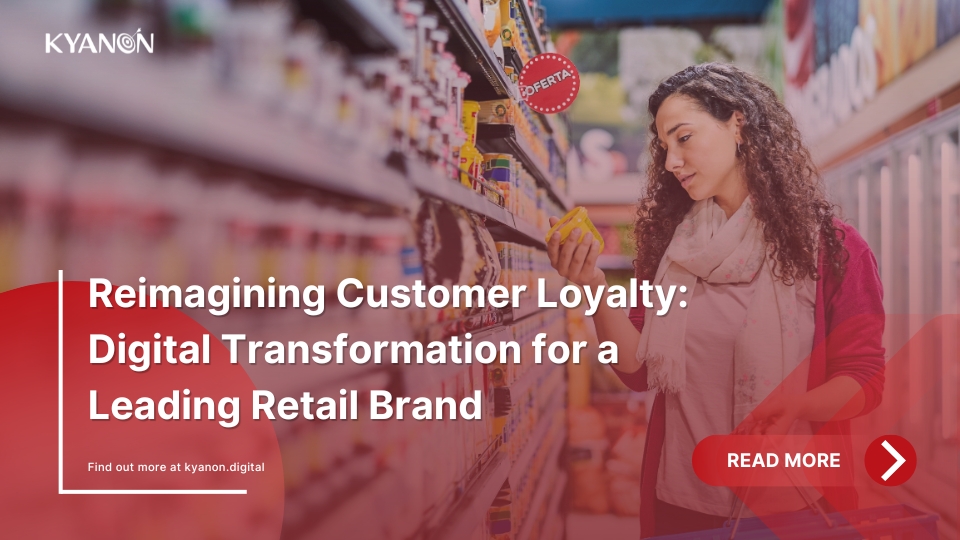
A major retail brand with a nationwide presence needed to upgrade its loyalty platform to support omnichannel growth and real-time personalization.
Challenges
- Outdated loyalty system unable to scale with customer data and touchpoints.
- Inconsistent CX across mobile, web, and in-store channels.
- Limited internal engineering is slowing down new features.
- Difficult integrations with CRM, POS, and eCommerce systems.
Our strategic approach
We deployed a dedicated offshore engineering team to modernize the loyalty platform, accelerate delivery, and build a scalable CX foundation.
Implementation journey
- Assessed CX workflows and data gaps.
- Built a unified customer profile and real-time segmentation engine.
- Delivered an API-first platform connecting app, web, CRM, POS, and partners.
- Enabled continuous releases via offshore DevOps and automated QA.
Business impact
- 40% increase in customer engagement.
- Faster development velocity with 24/7 offshore delivery.
- Unified CX across all channels.
- Reduced operational friction and faster partner onboarding.
Key success factors
- Dedicated offshore CX engineering pod.
- Real-time data and personalization capability.
- Modular, API-driven architecture.
- Strong delivery governance and rapid iteration.
Read more: Customer Loyalty Platform Transformation for Retail Brand
Why choose Kyanon Digital for scaling CX platforms with offshore tech talent?
CX-first engineering partner
We scale modern CX platforms end-to-end — CRM, CDP, loyalty, automation, and AI — not just supply developers.
A tech partner, not a recruiter
We build offshore teams around your CX roadmap and architecture. Our Center of Excellence ensures continuous upskilling and best-practice delivery.
Deep multi-layer talent ecosystem
- 500+ in-house tech experts
- K-Fresh program across 18 universities
- 15,000+ premium external candidates
- 1,000+ vetted partners
Regional offshore delivery strength
Southeast Asia–based teams bring both cost efficiency and actionable market insight for multi-country CX operations.
One-stop talent & delivery solution
We manage acquisition, onboarding, HR operations, and delivery governance — so your team can stay focused on CX strategy and innovation.
Kyanon Digital turns offshore tech talent into a scalable engine for CX modernization and long-term growth.
Ready to scale your CX platform? Contact us today to get started!

